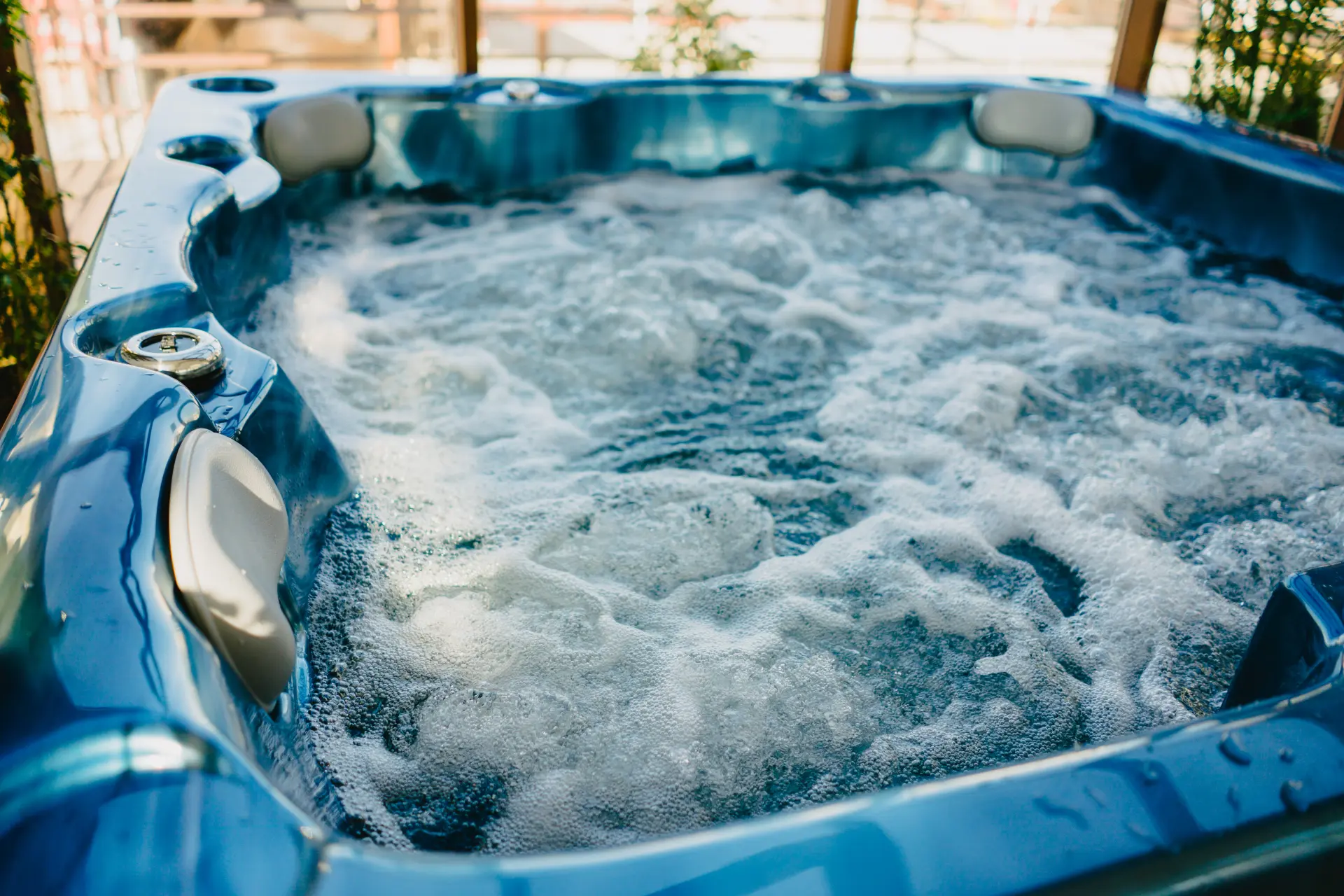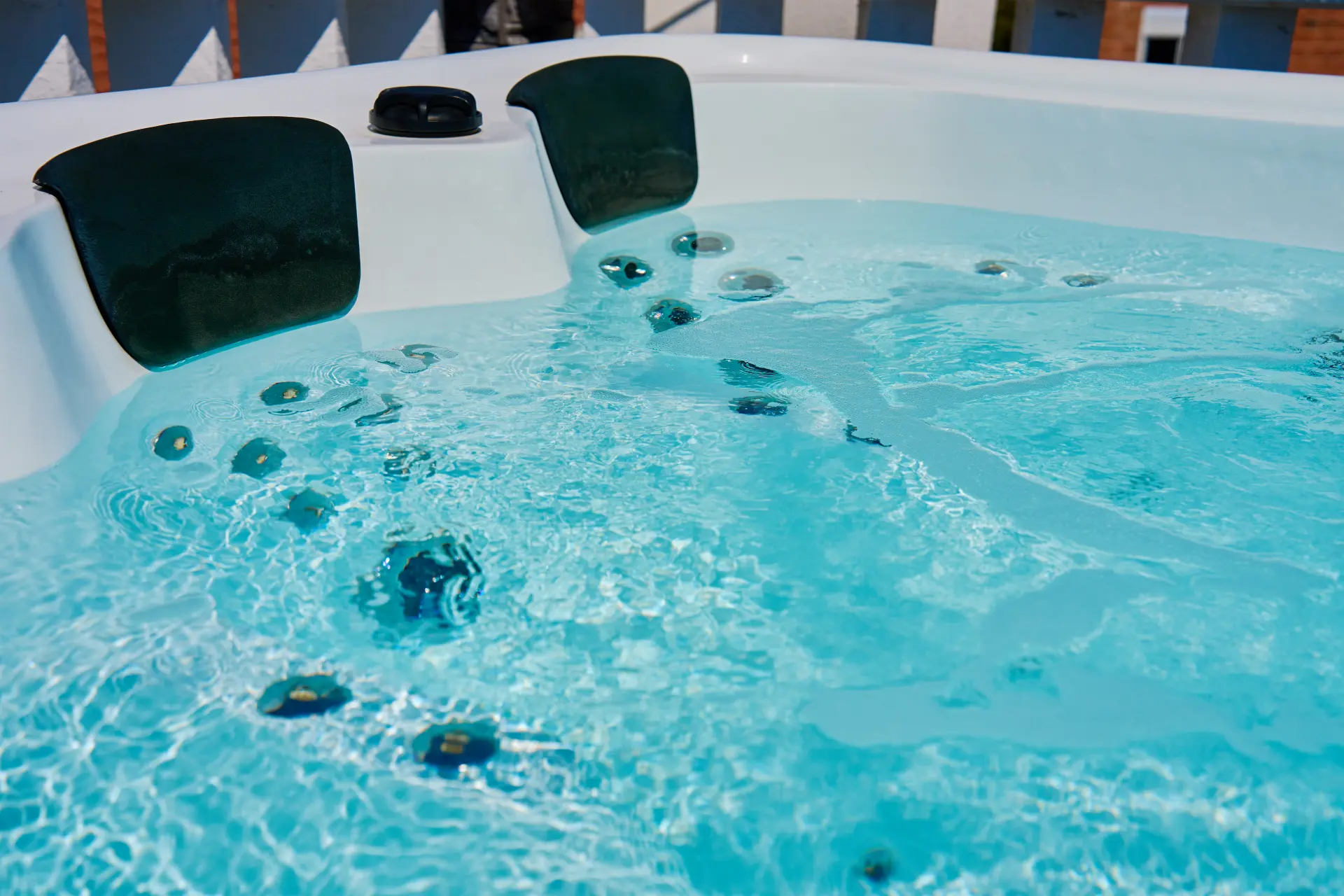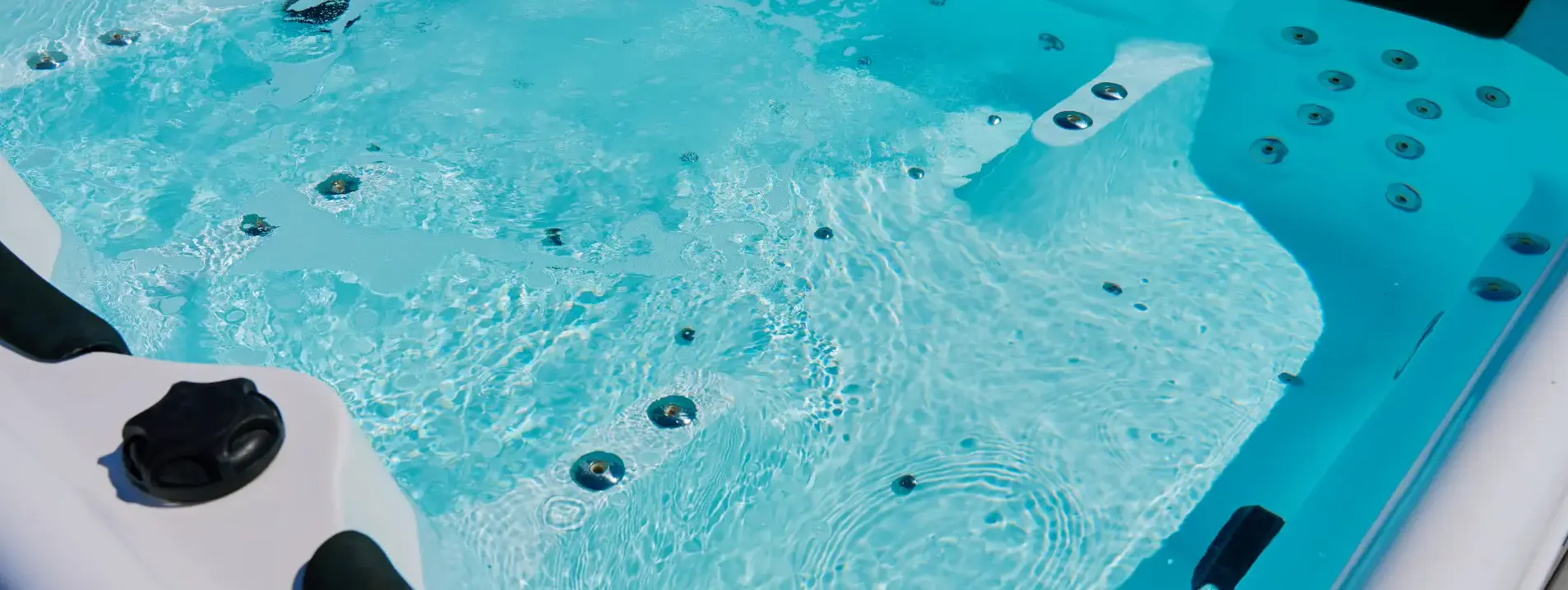Unusual Changes in Water Colour
A clear pool should normally appear blue or slightly turquoise. If the water takes on an unusual colour, it can be an early sign of a problem that needs attention. Green water often means algae are starting to grow. Algae can spread quickly, making the pool unsafe and unpleasant to swim in. This usually happens when chlorine levels are too low or the water circulation is poor.
If you find that your water looks quite cloudy or milky, it may be due to poor filtration, unbalanced chemicals, or debris that has not been properly removed. Cloudy water can also reduce visibility, making it more difficult to spot hazards in the pool. Brown or rusty water may point to metals, such as iron or copper, in the water supply. These metals can stain the pool’s surfaces and even swimmers’ clothing. Using the right water treatments can help clear this up.
Black or very dark patches in the water or on the pool’s floor may indicate a serious algae problem. Black algae are particularly stubborn and may need stronger cleaning methods or professional treatment.
Low or Fluctuating Water Levels
Keeping the water at the right level is important for a pool to run smoothly. If the water is too low or changes quickly, it may point to an underlying problem.
Low water levels can happen for several reasons. Hot or windy weather often causes evaporation, while splashing during swimming or backwashing during cleaning can also reduce the water level. If the water drops faster than expected, even when the pool is not in use, there may be a leak in the lining, pipes, or fittings.

When the water drops below the skimmer level, air can get into the pump system. This makes the pump work harder, which can damage equipment. Low levels can also stop the skimmer from working properly, leading to more dirt and debris building up in the pool.
If the water level goes up and down without a clear reason, it could mean there is an ongoing leak or an issue with the plumbing system. These problems should be checked quickly to avoid costly repairs later.
Frequently checking and topping up water levels can prevent many issues. If you notice unusual changes, it is best to investigate early before the problem becomes more serious.
Strange Noises from the Pump or Filter
A pool pump and filter should usually run with a steady hum. If you start to hear strange noises, it is often an early warning sign that something is wrong. One common sound is a loud grinding or rattling noise. This may mean that debris has become stuck inside the pump or that some of the internal parts are worn out. If left untreated, this can cause further damage to the motor.
Another issue is a high-pitched screeching or squealing sound. This often points to a problem with the pump’s bearings or belt. Bearings may need lubrication or replacement, while worn belts should be changed to stop the noise and keep the pump running smoothly.
A bubbling or gurgling noise can suggest that air has entered the system. This can happen if the water level is too low or if there is a small leak in the pipes. Air trapped inside the system can begin to limit the pump’s efficiency and may eventually cause significant damage to the equipment. Plenty of cleaning, checking water levels, and carrying out routine maintenance can help you avoid these issues. If unusual noises continue, it may be best to have the system inspected before the problem becomes more serious.
Cracks or Damage in Pool Surfaces
The surfaces of a pool, whether made from concrete, fibreglass, or tiles, are designed to hold water and stay smooth. When cracks or other damage appear, it can be an early sign of trouble that should not be ignored.
Small hairline cracks often form over time due to natural wear and changes in temperature. While these may seem harmless at first, they can grow larger and allow water to seep through, which weakens the structure of the pool.

More serious cracks or chips can point to shifting ground beneath the pool or problems with how the pool was built. If left untreated, these cracks may lead to leaks, higher water bills, and costly repairs.
Tiles or lining that start to peel, break, or become rough are also signs of surface damage. Apart from making the pool look untidy, these issues can be uncomfortable or even unsafe for swimmers.
Checking the pool surfaces regularly and fixing small problems early can save time and money. Sealing minor cracks, replacing damaged tiles, or calling a professional for larger repairs helps keep the pool safe, watertight, and inviting.
Signs of Algae or Bacterial Growth
Algae and bacteria can grow quickly in pool water if it is not properly treated and maintained. Spotting the early signs is important to keep the water safe and clear.
One of the first signs of algae growth is a change in water colour. The water may take on a green, yellow, or even black tint depending on the type of algae. Surfaces such as steps, tiles, or walls may also feel slimy or look discoloured.
Bacterial growth can sometimes show as cloudy or murky water. A strong or unpleasant smell is another warning sign, as clean and balanced water should not have a strong odour. Sometimes, swimmers may also notice skin irritation or eye discomfort, which can suggest that bacteria are present.
If algae or bacteria are left untreated, they can make the pool unsafe, damage equipment, and stain surfaces. Carrying out lots of water testing, correct use of sanitising chemicals, and proper filtration helps to stop these problems.
At The Hot Tub Engineer, we can keep your hydra pools running smoothly, cleanly, and efficiently. From balancing the water and filtration systems to servicing the pumps, heaters, and jets, we can help extend its overall lifespan.


